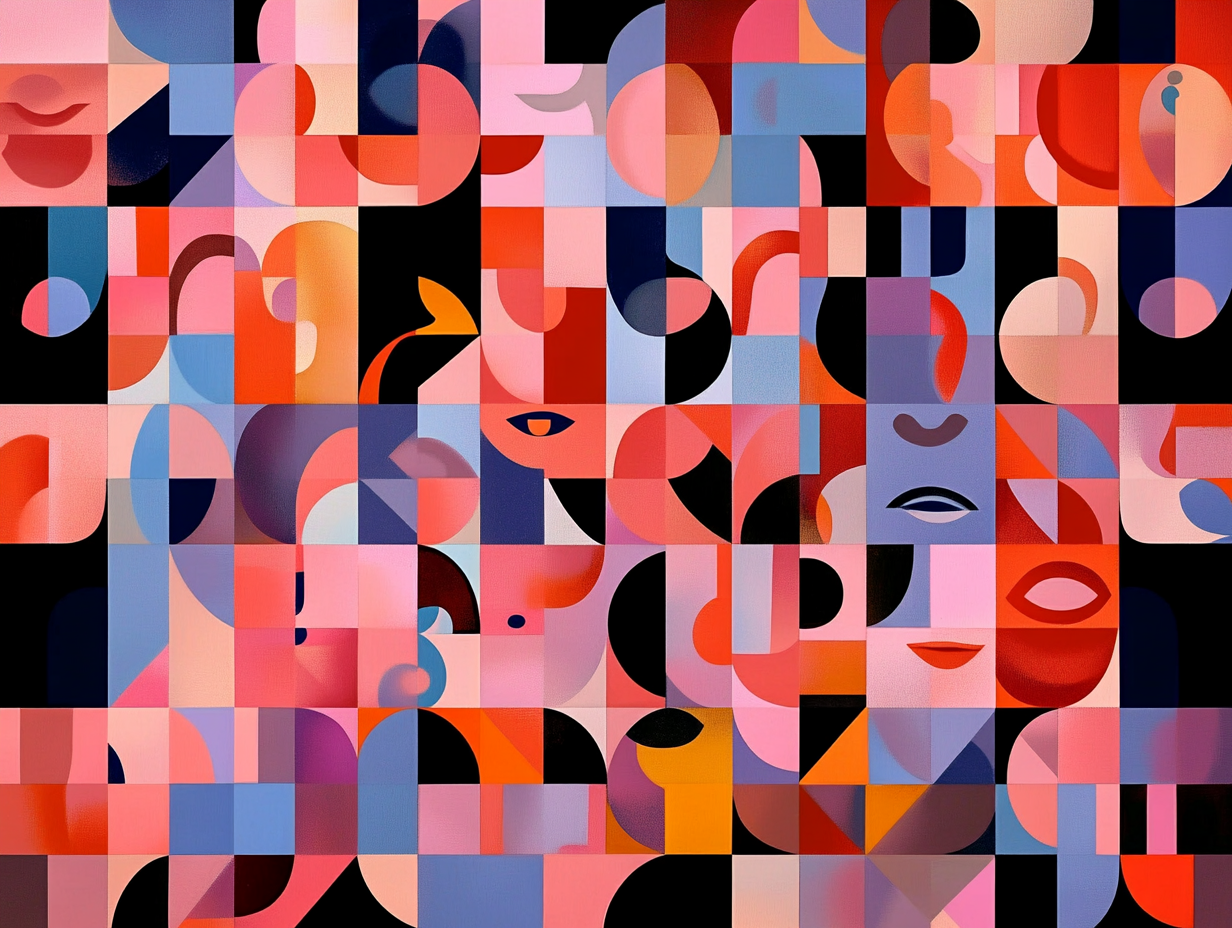Divergence
When we talk about creativity in teams, we often focus on output - the brainstorm, the pitch, the breakthrough idea.
But what powers those outcomes is something deeper, and often under-recognised: divergent thinking.
Coined by psychologist J.P. Guilford in the 1950s, divergent thinking is the ability to generate many different solutions to a single problem. Quite the opposite of convergent thinking, where the goal is to find the one “correct” answer.
Divergent thinking embraces multiplicity - it asks, what else could this be? It invites us to stay with ambiguity longer. It opens up possibility - and possibility is where innovation begins.
In Guilford’s original research, he observed that creativity wasn’t just a mysterious talent possessed by a few - it was a type of thinking that could be encouraged, practiced, and measured.
And yet, in many workplaces today, divergent thinking is under threat. As author Margaret Heffernan points out in her book, Uncharted, we live in a culture increasingly obsessed with certainty.
In uncertain times, people naturally seek control - they want clear outcomes, measurable targets, definitive answers. But this craving for certainty pushes us toward convergent thinking, prematurely closing down possibilities in favour of the answer that feels safest or most familiar.
Here’s what divergent thinking looks like in action:
➜ Generating 20 ideas in a brainstorm rather than stopping at 5
➜ Exploring the “wild” and “weird” options before narrowing down
➜ Encouraging unusual questions, not just quick solutions
➜ Staying curious longer - resisting the urge to converge too soon
In a team context, divergent thinking is especially powerful because of the diversity of minds in the room. Different backgrounds, disciplines, and viewpoints expand the possible creative territory — if people feel safe and supported enough to share them.
And that’s where today’s climate becomes concerning.
As we know, there’s a growing political push to dismantle Diversity and Inclusion (D&I) initiatives in business. These programs, which were created to elevate underrepresented voices and create more equitable workplaces, are now being targeted and defunded.
When we silence difference, we shrink the pool of ideas. When we prioritise sameness, we undermine innovation. The creative strength of a team comes from its range of perspectives - and that requires real commitment to inclusion, not just lip service.
In my workshops, I’ve seen again and again how teams light up when they’re given permission to explore and express. The quality of conversation shifts. People listen more openly. And unexpected insights begin to emerge - not from individual genius, but from the collective creativity of the group.
Divergent thinking isn’t just a personal skill - it’s a team capability.


